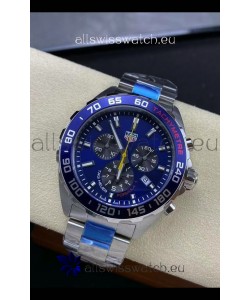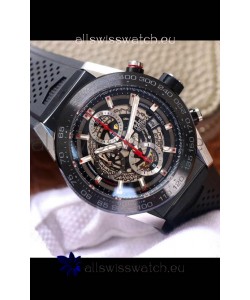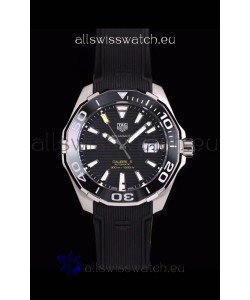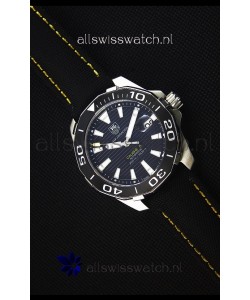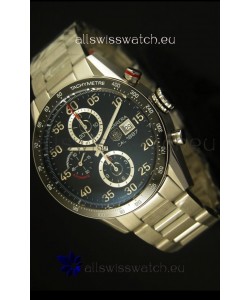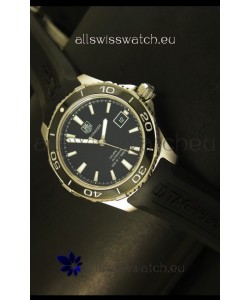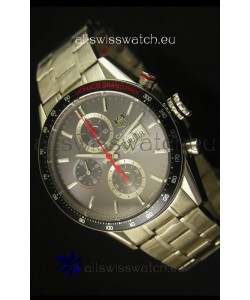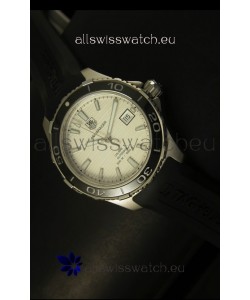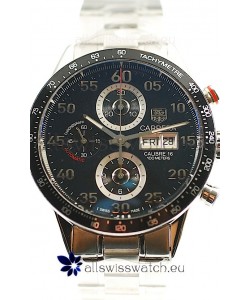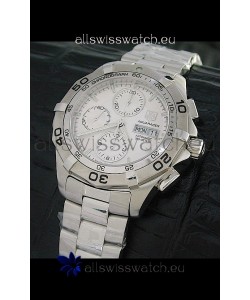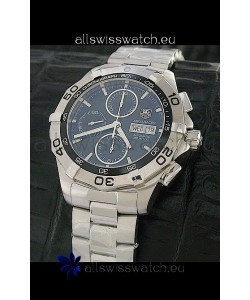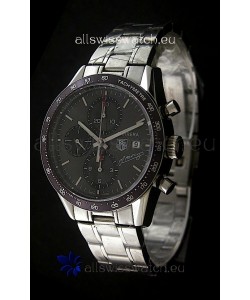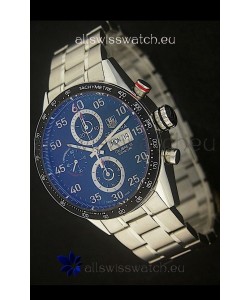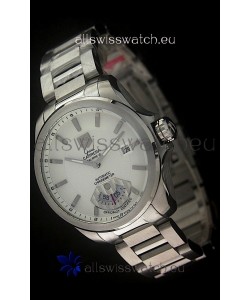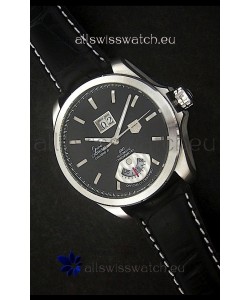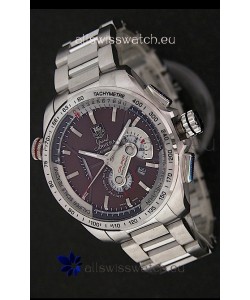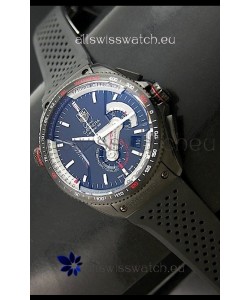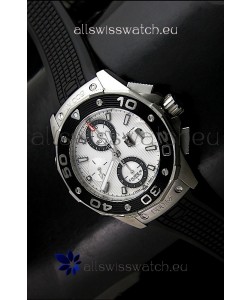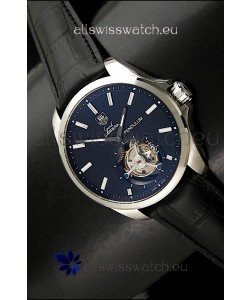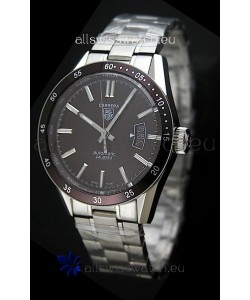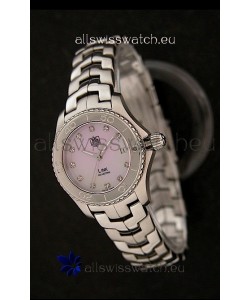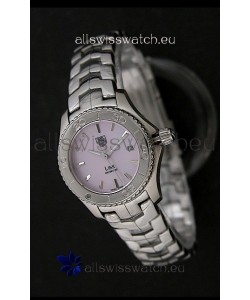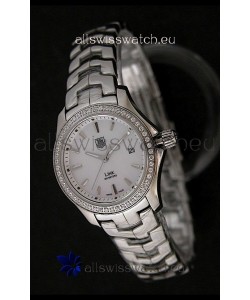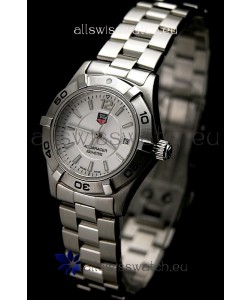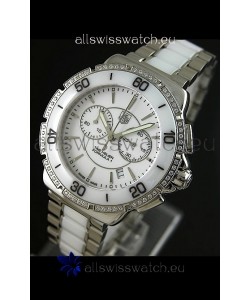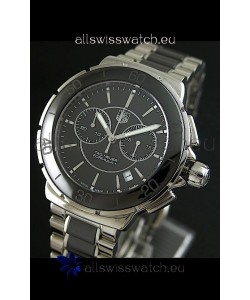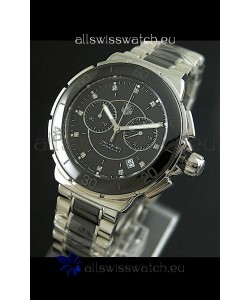Shopping Cart - 0 Item
You have no items in your shopping cart.
Tag Heuer
In the duration of some three years TAG Heuer has developed a whole new standard in sport swiss wrist watches by providing chronographs exact to tenths, hundredths, and even thousandths of a second, and also by maintaing an edgy design style motivated by innovative concepts. In 2005, TAG Heuer made news bulletins by bringing out the Caliber 360, the primary mechanical chronograph exact to 1/1,oooth of a second. Considering the fact that 90 % of chronographs are quartz and only determine time to a tenth of a second, the Caliber 360 heralded a major accomplishment. Evidently this wasn't the 1st time TAG Heuer had stood out from the crown; in 2000 TAG Heuer garnered much awareness with the launch of the Micro-timer, the sole digital watch in the marketplace accurate 1/1000th of a second. As can be surmised from the previous sentences, this Swiss brand bought by LVMH in '99 is characterized by its obsession with the chronometric accuracy. With creation of around 700 thousand wristwatches per year, TAG Heuer ranks fourth among international up-market sport watch companies. Despite the fact that it is just about the most dynamic brands available on the market, it has never deviated from the strategy initially outlined by company founder Edouard Heuer in 1860 in the Swiss Jura: to give the most appropriate, reputable designer watches possible.TAG Heuer initially made a name for itself in the realm of high-level athletic competitions by making a wide variety of chronometry systems.
In addition to being among the initial to mass-produce pocket chronographs (1182), Here unveiled the oscillating pinion (1887), still used in most mechanical chronographs, and conceived the Mikrograph (1916), the earliest sport timer to measure time to 1/100th of a second. In 1966 this drive for accuracy led the company to revolutionize the history of chronometry with the introduction of the Micro-timer, a miniature electronic instrument accurate to 1/1000th of a second. Several years later Heuer made sport watch history with the release of the Chronomatic Calibre 11. Printed in collaboration with Buren and Breitling, and built with an 11 caliber and micro-rotor, the Chronomatic was the primary automatic chronograph movement. Later in 1960 Heuer issued the Monaco, the best chronograph that has a square, water-resistant case, worn by Steve McQueen through the care racing film Le Mans





